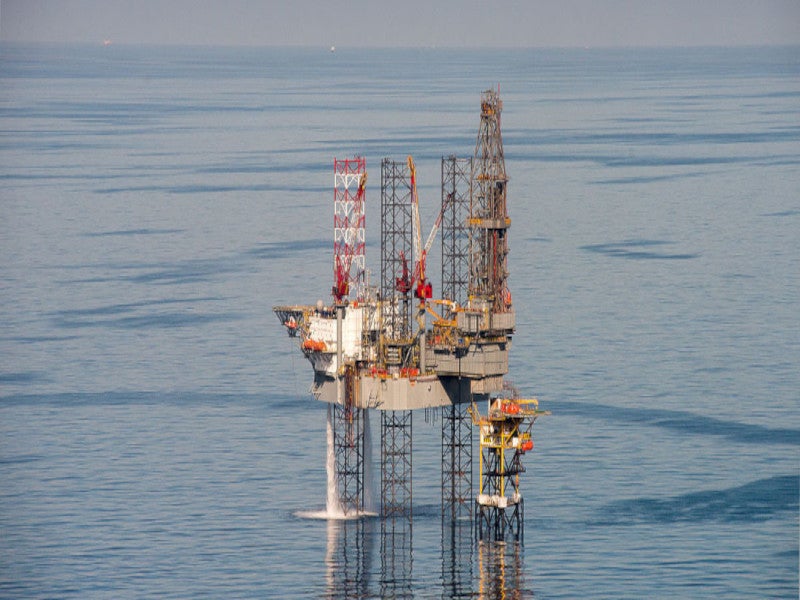The Ravn field is an unmanned oil field located offshore the Danish sector of the North Sea.
The Ravn platform was installed in the field in 2015 and began production in 2017.
The field is currently undergoing decommissioning, which is managed by Wintershall Noordzee, an oil and gas exploration and production company.
The field decommissioning works are expected to commence in 2025.
Project location
The Ravn field is located in Block 5504 within the Greater Ravn field, in the Danish sector of the North Sea. It lies approximately 245km from the Danish west coast and 11.3km northeast of the German-Danish border.
The Ravn platform site is surrounded by water depths ranging between 48m and 50m Lowest Astronomical Tide (LAT).
Ravn field details
The Ravn field is developed as an oil production facility with production exported via subsea infrastructure to the German A6-A platform, with no processing taking place at Ravn.
The field was developed with two oil-producing wells. The Ravn A1 well was suspended in 2020, while the Ravn A2 well was temporarily plugged and abandoned in 2018.
The offshore facilities at the field comprise the Ravn platform with two dormant wells and two pipelines which include an 8in multiphase production pipeline and a 3in gas lift pipeline. The latter is piggybacked onto the 8in pipeline. Additionally, there is a 5.7in umbilical connected to the A6-A platform, providing chemicals, fibre optics and electricity.
The Ravn platform topsides are supported by a fixed four-legged jacket steel structure, fastened to the seabed with four piles.
The platform produced oil, minor amounts of associated gas, and water, which were transported through the 8-in multiphase production pipeline to the A6-A platform for processing and storage.
The platform remains connected to the A6-A host platform via two 18km long pipelines and the umbilical. The pipelines have been flushed and preserved with nitrogen for potential future use. Before decommissioning, they will be further flushed and cleaned.
Ravn field decommissioning plan
The decommissioning of the field will be conducted in phases and includes the decommissioning of the A6-A platform in the German Exclusive Economic Zone scheduled between 2024 and 2027. The oil and gas pipeline decommissioning and overall execution are planned to start by 2025.
Phase I involves the removal and disposal plan, including removal engineering for onshore activities. Phase II covers offshore preparations and pipeline disconnection. Phase III entails platform removal and Phase IV includes seabed cleaning and surveying.
Pipeline decommissioning details
The pipelines and umbilical will be cleaned and disconnected at the Ravn platform by divers from a dynamic positioning diving support vessel (DSV). The operation will utilise air dive mode with deck saturation to improve work efficiency. It will be supported by a redundant launch and recovery system (LARS) capable of reaching a 50m depth. The DSV will be equipped with cutting tools and a small work-class ROV [remotely operated vehicle], Tiger, for surveys and diver monitoring.
The exposed pipeline and umbilical sections will be cut using either oxy-arc cutting equipment or a Spitznas hydraulic reciprocating saw. Up to 20m of the piggybacked 8in/3in pipeline and 6m of the umbilical will also be removed. The pipeline spool section will be cut into six sections and two on the umbilical section, and lifted aboard the DSV.
Ravn platform decommissioning details
The Ravn platform is proposed to be lifted in a single piece with the jacket detached from the seabed by cutting the foundation/skirt piles below the seabed. The jacket foundation/skirt piles will be dredged before cutting.
The platform has been cleared of hydrocarbons, and solar panels have been installed to provide power for navigation lights and remote well monitoring, independently from the A6-A host platform. It will be transported onshore for dismantling or placed in temporary storage for potential re-use.


